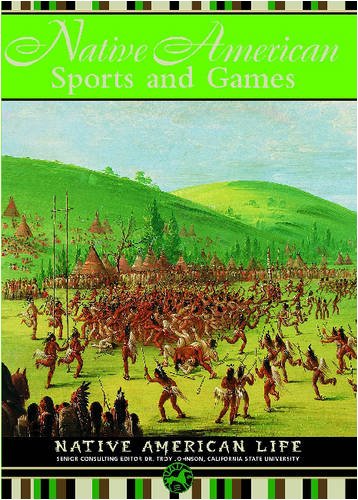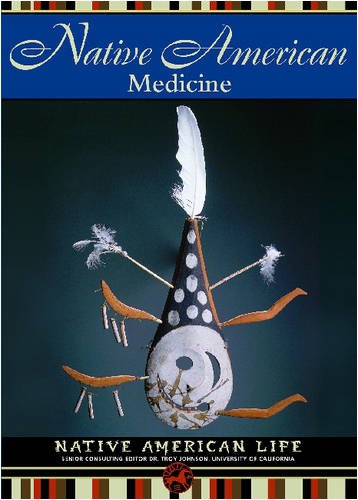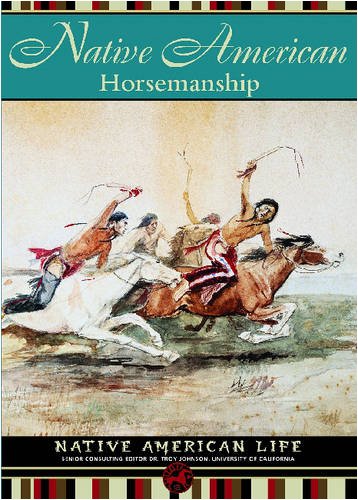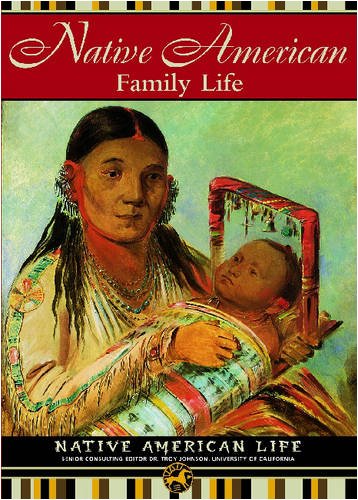Native American Tribes: The History and Culture of the Shawnee
Charles River Editors
Paperback
(CreateSpace Independent Publishing Platform, Jan. 11, 2017)
*Includes pictures of important people and places. *Explains the Shawnee's role in colonial history and Tecumseh's life and legacy. *Explains the origins, history, religion, and social structure of the Shawnee. *Includes a Bibliography for further reading. From the “Trail of Tears” to Wounded Knee and Little Bighorn, the narrative of American history is incomplete without the inclusion of the Native Americans that lived on the continent before European settlers arrived in the 16th and 17th centuries. Since the first contact between natives and settlers, tribes like the Sioux, Cherokee, and Navajo have both fascinated and perplexed outsiders with their history, language, and culture. In Charles River Editors’ Native American Tribes series, readers can get caught up to speed on the history and culture of North America’s most famous native tribes in the time it takes to finish a commute, while learning interesting facts long forgotten or never known. Throughout the 19th century, American settlers pushing across the Western frontier came into contact with diverse American tribes, producing a series of conflicts ranging from the Great Plains to the Southwest, from the Trail of Tears to the Pacific Northwest. Indian leaders like Geronimo became feared and dreaded men in America, and Sitting Bull’s victory over George Custer’s 7th Cavalry at Little Bighorn was one of the nation’s most traumatic military endeavors. Given this history, it’s no surprise that the Shawnee continue to be closely associated with their most famous leader, Tecumseh, the most famous Native American of the early 19th century. While leading the Shawnee, he attempted to peacefully establish a Native American nation east of the Mississippi River in the wake of the American Revolution. While Native Americans, especially in the “old Northwest” (present-day land west of the Appalachian Mountains and east of the Mississippi River), understood and recognized their own, long established territories and those of other tribes, these boundaries and territories were ignored and unappreciated by the incoming settlers. Together with his brother Tenskwatawa, Tecumseh was in the process of forming a wide-ranging, Native American confederacy that they hoped would stem the westward flow of Anglo-American settlers and essentially establish a “nation” of Native Americans that would be recognized and accepted by the advancing European-American settlers. Tecumseh and the Shawnee would be at the heart of the fighting in the present-day Midwest during the War of 1812. Even as he continues to keep the Shawnee’s name in textbooks, Tecumseh actually overshadows the long and even ancient history of the Shawnee. With their cultural origins dating back nearly 3,000 years, the Shawnee had ties to the Ancient Moundbuilders tradition and lived in the same region for thousands of years, developing both a rich history and unique set of customs and beliefs. At the same time, the Shawnee themselves were never a truly unified group, even as their most famous leader set about making a Native American confederacy, so different bands of Shawnee have had different historical narratives as well. Native American Tribes: The History and Culture of the Shawnee comprehensively covers the culture and history of the famous group, profiling their origins, their history, and their lasting legacy. Along with pictures of important people, places, and events, you will learn about the Shawnee like you never have before, in no time at all.


 W
W




 U
U
 W
W

 V
V

